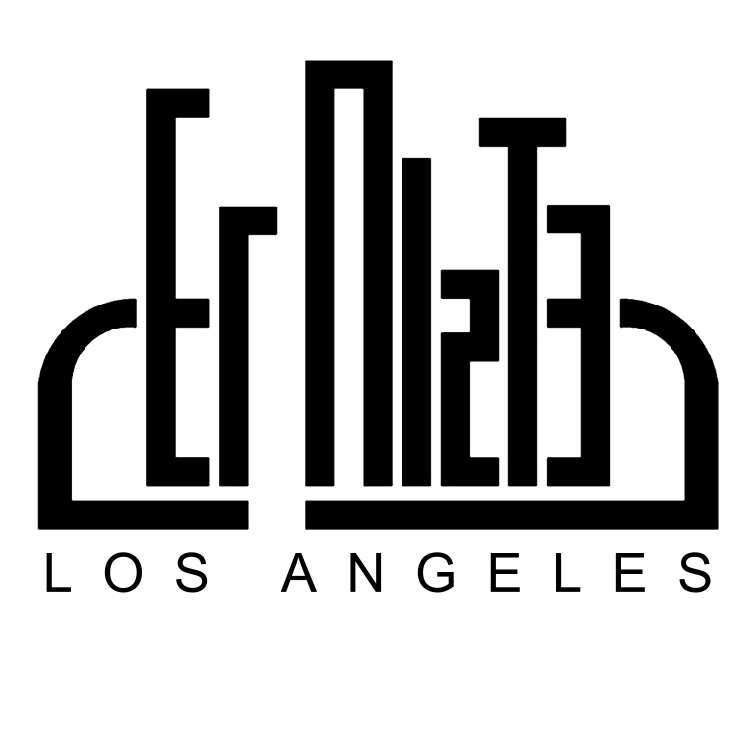Questions — Parshah Terumah
Chapter 25
1) Why does God want gift offerings?
2) The gifts that God wants are the materials that will be required to build the Mikdash and would be needed to make the Temple service work once it was installed. It is as if God had a gift registry. Would there be anything wrong with giving a gift that wasn’t on the list?
3) Is it reasonable to think that the Israelites would have carried all of these things with them into the desert?
4) Dolphin skins?
5) Acacia is a weak wood that cracks easily. Why this specific type of lumber?
6) How would you translate the word “Mikdash?”
7) Other than the issue of weight, why is the ark made of wood and then covered over with gold? Why is it overlaid both inside and outside?
8) What is meant by “the pattern of the Tabernacle” and “the pattern of all its furnishings?” (Tavnit)
9) The breastplate will be made with twelve stones, one for each tribe. Why in the list of gifts is Lapis Lazuli the only one mentioned?
10) Again, the poles are made of acacia which is even more problematic with the poles since they will be more stressed than the ark itself?
11) The tablets are to be placed inside the ark. Is God taking them back in a way? Does God want them in the ark to protect the Israelites from the fatal danger than would be associated with contact with them? But then, contact with the ark itself could prove fatal. Was this because of the presence of the tablets or because of the ark itself? Was there a use for the tablets after Sinai. In the Morman scriptures the golden tablets are lost. Is there something about the idea of lost tablets? What did happen to them in the end?
12) Many things are allowed in the Mikdash that are forbidden outside it (at least on Shabbat). The cherubim are clearly the sort of molten images that are forbidden in the second commandment. How is this permitted? Who would see this representative art?
13) What is meant by “hammered work?” Hammered as opposed to what. The stones of the alter are not to be made with iron instruments. ?
14) How do the cherubim compare with the holy animals of the chariot?
15) Do their wings shield them from being seen in detail by those who see the ark?
16) Why is the bread displayed and not eaten or burnt?
17) What do the almond blossoms symbolize if anything? What do almond blossoms look like. Are they distinctive among flower blossoms?
18) Do the branches have a treelike appearance? Is the menorah like a kind of tree or bush?
19) Why does the menorah have to be of one piece?
20) Is there something essential about the menorah and the other ritual objects being made of the same batch? What would happen if one of these holy objects wore out or broke? Would the whole group need to be replaced or only the one that was broken? Could a repaired object be used?
Chapter 26
1) What is special about “Twisted Linen?”
2) What is “Mashzar” translated as strips of cloth? One might expect the word “Pasim” that would have resonated with the Joseph story.
3) Who did the weaving and on what? Weaving seems like it is not the most practical thing for a desert traveler. One Could have a handloom, but that would be small for the work described.
4) Is there any significance to the need for 50 loops on the edge? Or to any of the numbers?
5) Does anyone weave with goat hair today? What would that look and feel like?
6) There is no description of any work done on the tanned rams skins or dolphin skins. Were these just thrown on? What was their role?
7) What is going on with the bars (crosspieces?)?
8) Moses is supposed to set up the Mishkan as God showed him on the mountain. Did Moses have a perfect memory of all of this detailed work? Did he trust his memory? Did he have it written down? Does knowing how to build a space lead one to understand how to use it?
9) Will the woven images of the cherubim match the sculpted ones?
10) How is the Holy of Holies set aside?
Chapter 27
